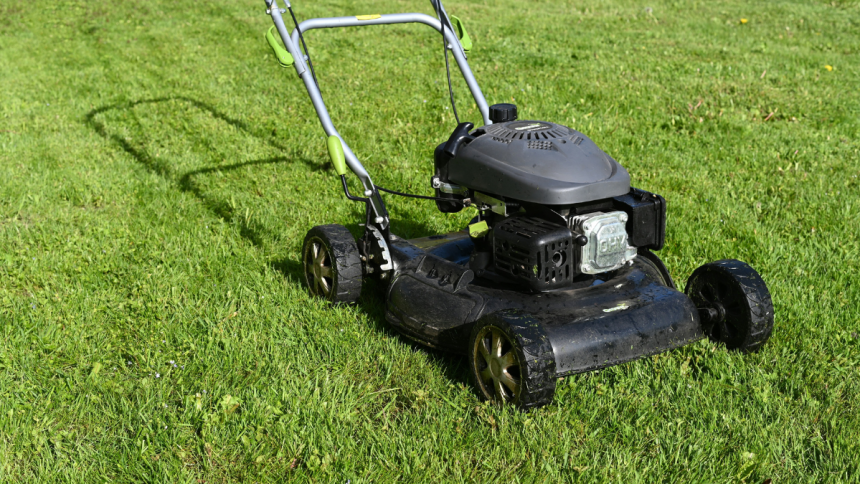Lawnmowers rely on more than engines and blades to operate efficiently. One of the most vital yet overlooked components is the belt system that powers critical functions like blade movement and wheel propulsion. Whether you’re a DIY enthusiast or a professional landscaper, understanding the different types, materials, and construction of mower belts can help you maintain performance, extend mower life, and choose the right replacement parts.
What Is a Mower Belt?
A mower belt is a flexible looped component designed to transfer mechanical power from a lawnmower’s engine to other parts, such as the cutting blades or drive wheels. These belts are essential for ensuring efficient blade rotation and propulsion in riding, walk-behind, and zero-turn mowers. Mower belts typically fall into two categories: deck belts, which power the blade system, and drive belts, which control movement and traction. Depending on the mower’s design, belts may be located underneath the cutting deck or connected between the engine and transmission. Regular inspection and understanding of belt function are crucial for maintaining mower efficiency.
Materials Used in Mower Belts
Rubber
The most common material for mower belts, rubber, provides flexibility and cost-efficiency. However, rubber-only belts may degrade quickly under high heat or heavy load.
Kevlar (Aramid Fiber Reinforced)
Kevlar-reinforced belts offer superior strength and resistance to stretching, wear, and heat. These are ideal for high-performance or commercial applications, making them more durable than standard belts.
Polyester/Neoprene Blends
These blends offer a balanced combination of flexibility, temperature resistance, and durability. They are frequently used in belts that need to navigate small pulleys or tight bends.
Belt Construction: Layers and Design Features
Mower belts are not simple strips of rubber—they’re carefully engineered with multiple layers:
- Outer Cover: A protective rubberized jacket that resists heat, oil, and abrasion.
- Tension Cords: Internal cords (often Kevlar or polyester) that carry the load and maintain shape under tension.
- Body: The rubber or polymer core that provides flexibility and grip.
- Cogged or Notched Design: Found in some belts to enhance flexibility and cooling when wrapped around small pulleys.
Types of Mower Belts and Their Applications
V-Belts
These are the most commonly used belts in mowers today. Their V-shaped profile allows them to sit securely in matching pulley grooves, delivering excellent torque transmission and grip. V-belts are ideal for both deck and drive systems in riding mowers.
Flat Belts
Flat belts have a simple, flat surface and are more common in older or specialized machines. They rely on tension and pulley design for traction. While they create less friction, they can slip more easily and may require tensioners.
Cogged Belts
These are essentially V-belts with notches on the inside, designed to enhance flexibility and cooling. Cogged belts are particularly useful in mower applications that involve tight turns or compact pulley configurations.
Choosing the Right Belt Type for Your Mower
When selecting a replacement mower belt, it’s important to match more than just the size. You’ll want to consider:
- Mower Type: Riding mowers often need heavy-duty V-belts, while walk-behind mowers may perform better with cogged or lighter belts.
- Pulley Configuration: Tight spaces and smaller pulleys benefit from cogged belts due to better flexibility.
- Load and Usage: For frequent mowing or rough terrain, Kevlar belts are a worthwhile upgrade for durability.
- OEM Recommendations: Always cross-reference your owner’s manual or part number for exact specifications.
Conclusion
Understanding the anatomy of a mower belt helps you make informed maintenance and replacement decisions. With different materials, profiles, and constructions available, it’s not a one-size-fits-all solution. Matching the right belt to your mower’s needs ensures smoother performance, longer component life, and fewer frustrating breakdowns. Whether you’re replacing a worn belt or upgrading to a more durable option, knowing what goes into your mower belt is key to keeping your lawncare routine running efficiently.
Lynn Martelli is an editor at Readability. She received her MFA in Creative Writing from Antioch University and has worked as an editor for over 10 years. Lynn has edited a wide variety of books, including fiction, non-fiction, memoirs, and more. In her free time, Lynn enjoys reading, writing, and spending time with her family and friends.















